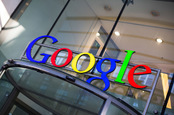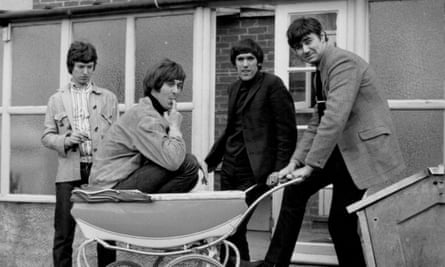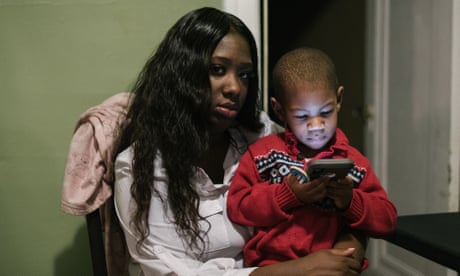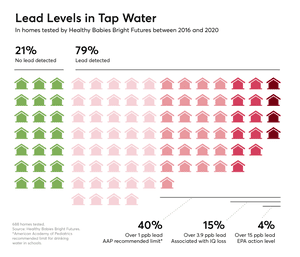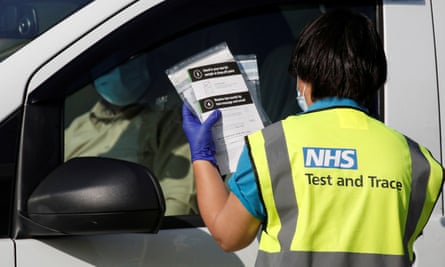Analysis The US Department of Justice has launched its long-awaited antitrust action against Google, accusing the tech giant of unlawfully protecting its search monopoly through “anti-competitive and exclusionary practices.”
The action doesn't explicitly mention breaking up Google, but does ask for "structural relief as needed to cure any anticompetitive harm," which is going to send shivers down the backs of Sundar Pichai and the rest of the Alphabet team.
In a striking parallel to antitrust action taken against Microsoft back in 1998, the accompanying 64-page lawsuit [PDF] cites the Sherman Act and accuses Google of “unlawfully maintaining monopolies in the markets for general search services, search advertising, and general search text advertising in the United States.”
Deputy Attorney General Jeffrey Rosen explicitly referenced the context in the DoJ’s official announcement: “As with its historic antitrust actions against AT&T in 1974 and Microsoft in 1998, the Department is again enforcing the Sherman Act to restore the role of competition and open the door to the next wave of innovation—this time in vital digital markets.”
It is the first major antitrust action taken against the new wave of tech giants – Google, Amazon, Apple and Facebook – and is likely to be just the start in a series of legal challenges to Alphabet's market power.
The Justice Dept's lawsuit is joined by 11 state attorneys general – all Republican, reflecting the dire state of partisan politics in the US. Last month, an excoriating Congressional report that also accused tech giants of abusing their market power was formally supported only by Democrats, even though both political sides are largely in agreement. We note a second group of state attorneys general, a mix of Dems and Republicans, are preparing a separate antitrust case against Google, so look out for that.
Today's lawsuit itself has a relatively narrow focus given Google’s massive scale: its search and search advertising markets. But, as the complaint notes, the impact is huge.
“Google is the monopoly gatekeeper to the internet for billions of users and countless advertisers worldwide. For years, Google has accounted for almost 90 percent of all search queries in the United States and has used anti-competitive tactics to maintain and extend its monopolies in search and search advertising,” the DoJ charges.
An Apple a day
The lawsuit digs into the agreements that Google has with other large tech companies to make it the default search engine on computers and devices, pointing out that they are exclusionary and “collectively lock up the primary avenues through which users access search engines, and thus the internet.” It homes in on the extent of Google's monopoly in internet search:
It also pushes the issue that ultimately sank Microsoft in the 1990s over its Internet Explorer browser: Google makes its search engine the default on billions of devices, prevents the pre-installation of competitors, and in some cases doesn’t allow people to delete its software.
Of particular focus is the deal with Google and Apple where Google pays Apple billions of dollars to make Google the default search on Apple’s iOS devices. Combined with similar deals with web browser companies, phone makers, and mobile networks, Google has created “a continuous and self-reinforcing cycle of monopolization,” the government argues.
To make the antitrust charges stick and so force change, however, the DoJ will need to demonstrate that this behavior results in harm to consumers. It argues that Google’s actions “reduce the ability of innovative new companies to develop, compete, and discipline Google’s behavior.”
It goes on: “Google has foreclosed any meaningful search competitor from gaining vital distribution and scale, eliminating competition for a majority of search queries in the United States. By restricting competition in search, Google’s conduct has harmed consumers by reducing the quality of search (including on dimensions such as privacy, data protection, and use of consumer data), lessening choice in search, and impeding innovation.”
And further: “By suppressing competition in advertising, Google has the power to charge advertisers more than it could in a competitive market and to reduce the quality of the services it provides them.”
Google: Antitrust is so 1990s
This is something Google has hit back at straight away. Kent Walker, Google's global affairs senior veep took up just this point in a statement filed shortly after the lawsuit went public.
"Today’s lawsuit by the Department of Justice is deeply flawed," he opined. "People use Google because they choose to, not because they're forced to, or because they can't find alternatives.
"This lawsuit would do nothing to help consumers. To the contrary, it would artificially prop up lower-quality search alternatives, raise phone prices, and make it harder for people to get the search services they want to use."
He points out that paying to promote your own products is perfectly legal and that people use Google as their default search engine because it's the best. It would be easy enough to choose another vendor, he argued, since people downloaded over 200 billion apps last year to get the software of their choice.
"This isn’t the dial-up 1990s, when changing services was slow and difficult, and often required you to buy and install software with a CD-ROM," he said.
"Today, you can easily download your choice of apps or change your default settings in a matter of seconds—faster than you can walk to another aisle in the grocery store."
As for the lawsuit itself, while you could argue that the narrow focus is a good thing, there are signs that it has been rushed, which may ultimately prove to be dangerously short-sighted.
A slew of attorneys working on the case resigned last month citing pressure from the Attorney General William Barr to launch the lawsuit before election day. They wanted more time to pull the case together.
The result has been that the DoJ has fallen back heavily on its successful case against Microsoft, drawing clear parallels. But as similar as Microsoft and Google are on the surface – tech giants using their extraordinary resources to control markets – there is a world of difference between the internet of the 1990s and now.
The lawsuit feels a little outdated in that respect and may not advance a necessary shift in antitrust thinking for the new digital era. For example, the lawsuit skims over the fact that Google has been increasingly favoring its own services over competitors; for example putting its own listings above those from others like Yelp.
It also barely touches the main driver of the entire modern tech economy: data. Access to people’s data, and connecting that data to individuals, building ever-larger databases to sell to advertisers is behind much of the tech giant’s behavior, particularly when it comes to anti-competitive actions and privacy violations.
That could be a major tactical error as the antitrust lawsuit could – and arguably should – have been used to build a legal record on the issue of data which could then be moved forward to tackle other companies like Facebook which don’t fit so neatly into the traditional antitrust bucket.
Lawyers can cash in
There are also numerous examples of the lawsuit feeling a little rushed and lacking the solid foundation that you would expect from such a huge case. As one example, take this sentence:
“This leaves the preset default general search engine with de facto exclusivity. As Google itself has recognized, this is particularly true on mobile devices, where defaults are especially sticky.”
There is no explanation of “especially sticky” – a phrase that the tech industry instinctively understands but which the legal system is likely to be completely confused by. The case doesn’t feel sufficiently locked down, especially when Google is going to throw every lawyer it has at the case and can afford to pick at every small point.
As for the chances of success: it should be a no-brainer. There is ample evidence of Google’s misbehavior and it should be easy to prove that one company having an effective monopoly over something as critical as searching the internet – a monopoly it aggressively protects – is not in the interests of American citizens.
But there is a world of difference between winning the case and having a real impact on the future. Google will fight extremely hard to limit the impact of the case on its business model and it is easy to see how it could still end up being the default search engine even after it is banned from pushing exclusionary agreements. The improvements could be slight.
And, if antitrust actions are not pulled further into the digital era through this Google case, it is possible that a company like Facebook could escape largely unscathed. Nevertheless, after nearly a decade of Google getting away with increasingly monopolistic actions – let’s not forget the FTC voted against its staff’s recommendation to investigate Google back in 2012 – it is good to see the US government finally act.
It’s just a shame it seems to have rushed things at the last minute for pure political reasons. ®
PS: Google's stock price is up more than 2.5 per cent at time of writing on the lawsuit's filing.
THE REGISTER












